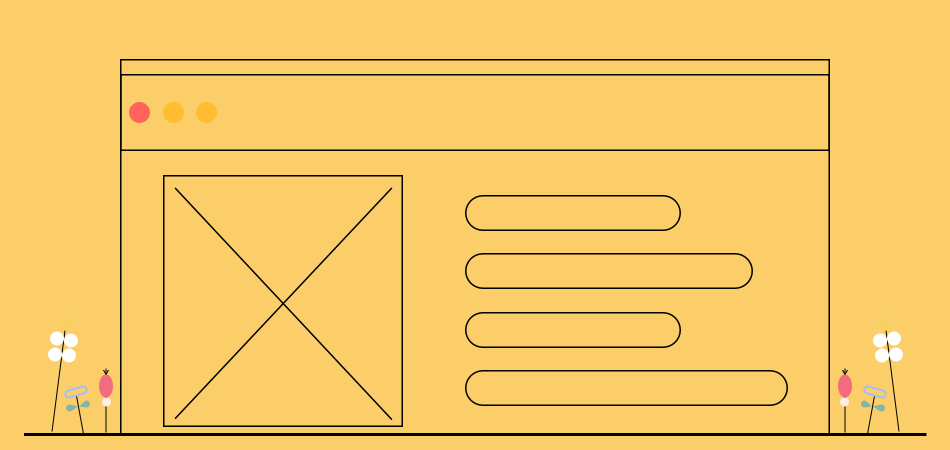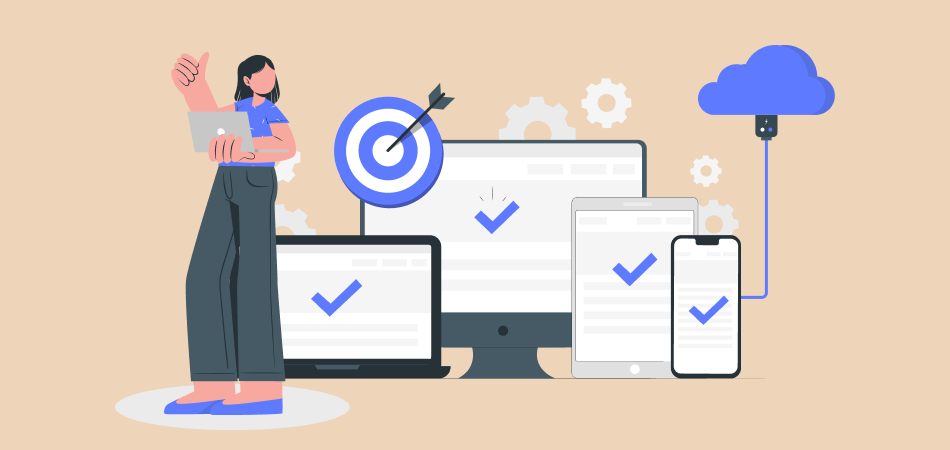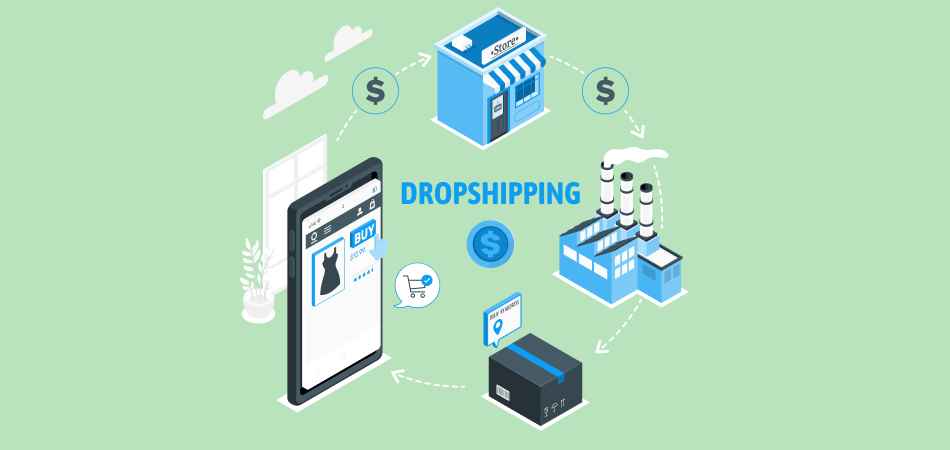Beginner's Guide to Creating a New Product Prototype

A prototype makes it simpler to identify design issues and provides tangible evidence of your product's viability. The prototype may be used to attract funds, spark interest on a crowdfunding website, and streamline the production process.
We'll go through the step-by-step procedure for making a product prototype in this article. You'll discover how to develop your concepts, locate producers, and even apply for patents. And you can accomplish it, for sure.
What Is a Product Prototype
A prototype is a "first model on which anything is patterned," according to the Merriam-Webster dictionary.
A prototype is a physical, 3D representation of your proposed product, to put it simply.
An example of a "prototype" is a 3D-printed replica of a toy design or a paper-and-glue model of a new tool. A prototype is anything that is created to test the viability of a concept or to illustrate it.
Based on their purpose and complexity, prototypes may be divided into four basic categories:
I. Visual prototype: The objective of the visual prototype is to depict the size and form of the finished product. It lacks the product's bulk, substance, and functioning. Instead, it only indicates how big it is.
"Visual prototypes" include both digital models created using 3D rendering software and blocks of wood that have been molded to resemble the final product.
| Get Started Now to Grow Your Online Business with the Best AliExpress Dropshipping Tool - DSers! |
II. Proof of concept: This is a simple model designed to show how the idea works and if it is feasible, i.e., to demonstrate that the idea is indeed workable. The materials you have on hand will often be used to make this prototype. It just has to demonstrate that the concept is workable; it needn't even look, feel, or function like the finished product.
The original Super Soaker design is a fantastic illustration of a "proof of concept" prototype. It is constructed out of PVC pipes and an empty soda bottle rather than sophisticated machined components.
III. Presentation prototype: As the name implies, this is a product that is prepared for presentations. It functions and resembles the product in terms of look. To offer potential buyers, manufacturers, and investors an idea of what the finished product will look like, show them this prototype. Typically, this prototype is created using unique materials and production methods.
IV. The pre-production prototype is a modified version of the presentation prototype. Despite employing materials and construction techniques that are suitable for manufacturing, it functions the same. To determine how to build a product in large quantities, manufacturers often refer to the pre-production prototype.
These prototypes build upon one another. Of course, you don't have to go through all four steps. You may go from a crude prototype made of paper and duct tape to a finished product.
How to Create a Product Prototype
You probably already have a product concept if you're reading this. This might be as basic as a napkin drawing, a 3D rendering, or even a completely developed proof of concept.
The next thing you need to do is develop this basic concept into a working prototype. Below, we'll outline how to make your prototype:
Create a Detailed Sketch or Draw
To start building a prototype, make a thorough concept sketch or design. The goal should be to visually represent as many concepts as you can. You should’ve two concept sketches:
- An illustration of the product's design in its finished state
- A technical drawing illustrating the product's specs, construction, and functionality.
Software may be used for this, although paper and a pen work best. Even while applying for a patent, you may use these hand-drawn images. In this phase, you should feel free to explore and be creative. Don't be scared to attempt new things since you're still a long way from production.
Create a 3D Model
Transferring your idea drawings to a 3D modeling program is the next (optional) step. This will make it easier for you to picture the product (as well as any other parties, such as investors or partners). This model may also be used to print a 3D version of your prototype.
A 3D model also has the advantage that you can perceive it in the actual environment using augmented reality applications like Augment.com. This is very effective for displaying the dimensions, form, and style of a product proposal. But for a tiny company that hasn't yet started, it may be costly.
Create a Proof of Concept
The exciting phase is about to begin: creating the product concept.
Your initial proof of concept's construction will rely on a variety of factors. You may easily construct your "proof of concept" by getting a small product that you have previously designed in a 3D program 3D printed.
You will have to improvise more if your product is complicated and has many mechanical or electrical components.
Keep in mind that the proof of concept doesn't need to be attractive or even resemble the finished item. It must just function. Even basic household items may be used to make this prototype.
You may need to ask a machinist or handyman for assistance with more complicated goods.
Create Your First Prototype
Your product's proof of concept demonstrates its functionality. What it may seem like is shown in your 3D model.
The next stage is to integrate the knowledge from the 3D model and proof of concept to produce your prototype.
This should be a pretty accurate model with the same features as your finished product.
It's not always feasible to produce this comprehensive prototype on your own. You may need assistance from a machinist or a skilled prototype designer, depending on the intricacy.
Production-Ready Prototype
Trimming the fat off your prototype and getting it ready for production is the last step before you start manufacturing.
Essentially, this is a cost and feasibility study procedure. Every component of the prototype must be examined for ways to reduce costs without sacrificing functionality.
Consider strategies to enhance the product's durability or appearance at the same time.
For instance, you may switch out a metal item that is seldom used for plastic and vice versa. You may do this to save money without sacrificing quality.
Working with a manufacturer to assess the potential effects of various prototype components on price and quality is helpful. Additionally, you want to examine several raw materials to determine which ones are more visually appealing.
Depending on your target market, your objective should be to strike a balance between price and quality. Quality will be more significant than price, for example, if you are aiming to sell to premium consumers. It will be the reverse for clients on a tighter budget.
Guidelines for Making Your Product Prototype
Making a prototype from scratch might be difficult, particularly for a beginner maker. These pointers will help the procedure go much more smoothly:
List of Important Characteristics
Inevitably, your finished product won't have every element you had in mind when you first came up with the design. You will have to compromise on certain pricey elements due to budget and material restrictions.
Therefore, group all of the features into three categories while developing your initial prototype:
- Need to have: These characteristics are a must-have for the product to function. For instance, "portable storage" would be a characteristic that an iPod must have.
- Great to have: These are characteristics that would make your product stand out but are not necessary for it to operate. For instance, the iPod's "click wheel" was a useful feature. Although the iPod didn’t need it to function, it made it considerably simpler to operate.
- Not required: These are extraneous elements that provide nothing in the way of attractiveness or value to the product. These features are often too pricey to use as well. You may remove these elements from your design without risk.
Non-Disclosure Agreements (NDAs) and File Patents
A prototype designer, machinist, 3D modeler, etc. will inevitably be consulted while you create your prototype.
If your concept is novel, you'll quickly find someone offering it on AliExpress at a significantly cheaper price. Even if they don't replicate the concept for the product, they could imitate a fresh design or manufacturing method you came up with.
| Get Started Now to Grow Your Online Business with the Best AliExpress Dropshipping Tool - DSers! |
The actions listed below may help you prevent intellectual property theft:
1. File a Patent for the product idea and design
2. All the third parties to sign the NDAs
Keep Cost in Mind When Designing
Keeping costs and benefits in check when building a prototype is one of the most difficult tasks. In addition to wanting the product to perform as promised, you also want to sell it for a fair price. If your clients cannot afford an amazing product, it will fail.
Two questions should be asked of oneself at each step of the design process:
- Is this necessary?
- If yes, what is the most economic material to make it without surrendering efficacy?
The price might vary greatly even amongst materials that fall into the same category (such "as plastic" or "metal"). Keep this in mind while you develop your product.
Use Industry-standard Production Methods
The utilization of unique production methods is another factor in price increases from prototype to finished product.
Each firm that produces your product will use a few generally accepted production techniques (such as "injection molding"). If your product cannot be produced using them, the plant will need to develop special procedures and educate its employees on their usage.
This may significantly raise the cost of production, particularly if you're producing in tiny amounts.
Because of this, pay special attention to the sort of manufacturing procedure each component will need when you build your prototype. If a feature requires a highly specialized manufacturing method, think about deleting it. You should be able to determine this with the aid of a prototype designer or machinist.
Take Inspiration from Rivals' Work
You may get a thorough grasp of what works and what doesn't while creating a product by dissecting the products of your rivals. This might be a huge aid in developing your concept.
As a result, carefully examine the goods of your competition before you begin developing your prototype. Examine their components, designs, and production processes. Look for possibilities as well as weaknesses.
Product Prototype Testing
A prototype's testing is a crucial step in the product development process. Since it's less expensive to modify a prototype than a finished product, it will help you find any weak points in your prototype and prevent going over budget. Not to mention, you'll get insightful feedback from actual users and enhance your product to prevent unfavorable reviews after launch.
Before doing external testing, you may test your prototype internally and with friends.
Be careful while evaluating your prototype.
- Choose the precise subject of your exam. It's too ambiguous to say, "I want to test my prototype." You'll be able to assess the viability of your prototype by stating something like, "I want to see whether people can use my device to move cakes securely."
- The appropriate group of people to test your prototype. Ideally, it ought to be your intended market. For instance, it makes sense to invite students to try a product you are developing for them.
- Give everyone a clear assignment. It's preferable to provide them with a plausible situation so that they are aware of the precise testing requirements. For instance, "It's your birthday celebration. You're seeking a board game that can be played by people of all ages and has straightforward instructions. Test out this game to determine whether it meets your needs by playing it.
Here are some possible questions to ask your testers:
- When will you use this product?
- What do you like about this product?
- What thing would you like to change about this product?
- Will you recommend it?
- Will you choose it over its similar kind of products in the market? If yes, why?
Closure
You may get closer to putting your product on the market by developing and testing a product prototype. Create an online presence for your company, beginning with a website, to ensure that you are ready for it in advance.













 Company
Company
 Why Choose DSers
Why Choose DSers
 Blog
Blog
 Help Center
Help Center



